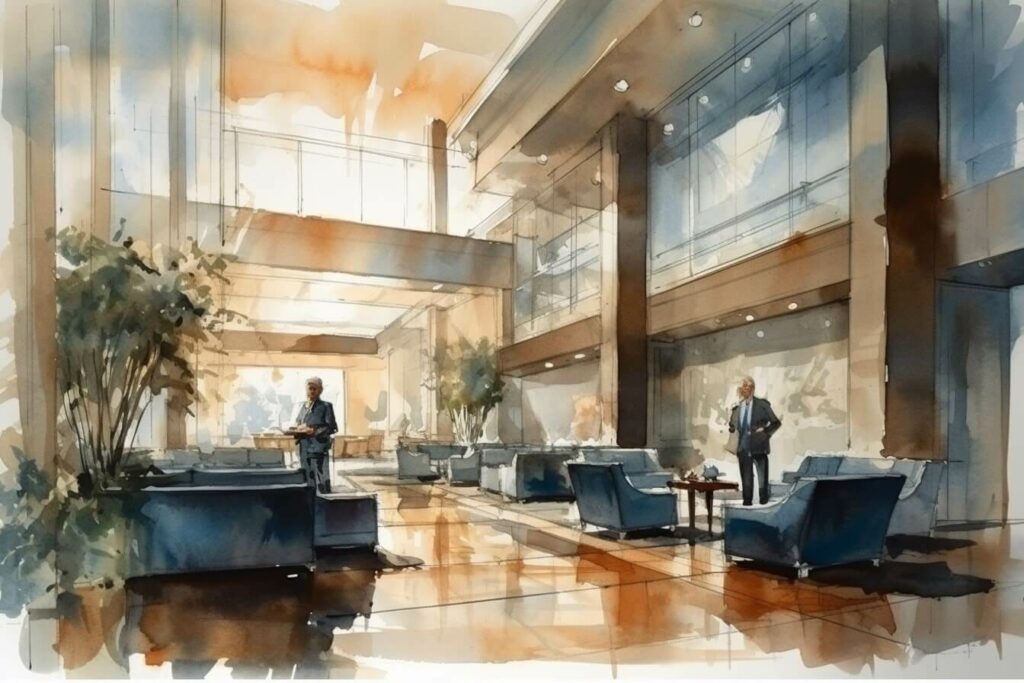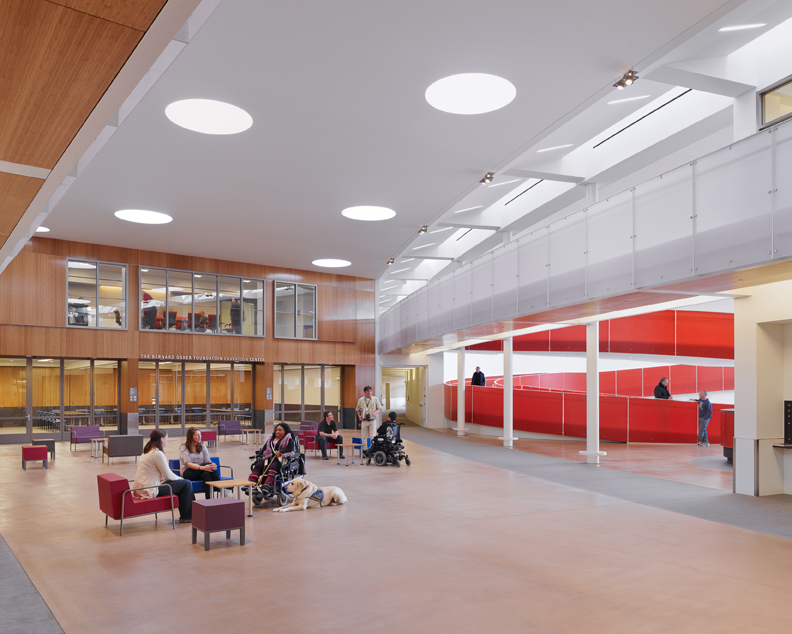Introduction: Building a World for Everyone
Architecture is an important area of focus in a world that is trying to be more inclusive. For too long, buildings and public places have been planned with a “one-size-fits-all” attitude, which often left out persons with impairments, the elderly, parents with strollers, or even people who are hurt temporarily. The “Universal Design” movement is changing this story, though. Universal Design (UD) was first used by architect Ronald Mace in the 1980s. It’s not just about making spaces accessible; it’s a way of thinking about how to make places that everyone can use as much as possible without having to make any changes.
This change in thinking extends beyond only following the law, such the Americans with Disabilities Act (ADA). It’s a proactive, creative, and people-centered way of doing things that helps everyone. The effects of Universal Design show how powerful and caring design can be. For example, a wheelchair user can easily move through a public building, and a parent can easily carry a stroller up a ramp instead of a flight of stairs.

Image sources: ugreen.io
The Seven Pillars of Universal Design
A group of architects and designers at North Carolina State University came up with the ideas behind Universal Design. These ideas can help you make spaces that are truly welcoming to everyone. These seven rules help designers make sure that their initiatives are open to everyone.
- Fair Use: People with different skills can utilise and sell the design. This implies giving all users the same way to utilise things wherever possible, so that no one feels left out or ashamed. For example, instead of having a separate ramp next to a set of steps, a building entrance could have a smooth, ground-level access.
- Flexibility in Use: The design works for a lot of different people with different needs and tastes. For example, a kitchen with adjustable-height counters or a door handle with just one lever that is easy to use with one hand, a weak grip, or an elbow. This makes it easy for many people to use.
- Simple and Intuitive Use: The design is simple and easy to grasp, no matter how much experience, knowledge, language skills, or focus the user has. This principle is shown by signs that are clear and consistent, with both text and pictures, or by being able to easily find your way around a public location.
- Perceptible Information: The design efficiently conveys the information that the user needs to know, no matter what the environment is like or how well the user can see or hear. This could mean having tactile markers on the floor, sound signals at crosswalks, and big, high-contrast letters.
- Tolerance for Error: The design reduces risks and bad outcomes that can happen when someone accidentally or unintentionally does anything. For example, a “walk” signal that offers adequate time for slower-moving pedestrians to cross the street, or a public restroom with an easy-to-use emergency call button.
- Low Physical Effort: The design may be used effectively and comfortably without getting too tired. Automatic doors, lever-style faucets, and handrails that are easy to grab are all examples of this principle. They make it easier to get around without having to work as hard.
- Size and Space for Approach and utilise: The design makes sure that there is enough space and size for the user to get to, reach, manipulate, and utilise the item, no matter how big or small they are, how they stand, or how mobile they are. This features broad corridors that can fit wheelchairs and strollers and open floor space that makes it easy to move about.
Image source: pinterest.com
Beyond Accessibility: The Benefits of Universal Design
Universal Design has several benefits beyond just making things easier to get to. It is important for modern architecture for economic, social, and aesthetic reasons.
- More Marketability and Users: A structure or product becomes more appealing to a wider range of people when it is designed for them. This includes not only those with chronic disabilities, but also older people, families with young children, and people who are hurt temporarily.
- Better User Experience: Universal Design makes spaces more pleasant, easy to use, and safe for everyone. Every user has a better experience when there are clear signs, doors that are easy to open, and well-lit areas.
- Cost-Effectiveness: It’s usually cheaper to include Universal Design concepts into a project from the start than to add them to a space later. Thinking about accessibility from the start of the design process saves money and time by avoiding the costly and often clumsy changes that need to be made later.
- Aesthetic and Innovation: Universal Design doesn’t give up on looks in order to be innovative. In reality, it often leads to new and stylish solutions that make the design better as a whole. Imagine a ramp that fits perfectly into the building’s front and becomes a work of art, or a sitting arrangement that is both social and easy for individuals who use mobility aids to get to.
- Social equity: At its foundation, Universal Design is about social equity. It pushes architects and designers to go beyond a “target user” and instead make environments that show how diverse our society is, giving everyone a sense of belonging and respect.
THERME VALS – sight _©https://images.adsttc.com
Case Study in Universal Design
Many current building projects show how well Universal Design concepts may be used. One great example is the Ed Roberts Campus in Berkeley, California. The disability community helped design the structure, which has wide hallways, touch-sensitive drinking fountains and tactile flooring to make it easier to get about. The Gallaudet University campus, which is one of the best schools for deaf and hard-of-hearing students, also combines acoustic design to reduce echo and open layouts to make it easier to communicate visually, such as through sign language. These projects are more than just accessible; they are instances of architecture that is naturally welcoming and useful for the people who use them, while also being beautiful and useful for everyone.

Ed Roberts Campus – Berkeley, CA Architects – Leddy Matum Stacy Image source: edrobertscampus.org
Conclusion
Universal Design is no longer an optional extra for architects; it is now a key part of modern architecture. It is a creative approach that asks designers to think about all of the different ways that people can do things and what they have been through. Architects are making the world a better place, one building at a time, by following the seven principles of Universal Design. These principles make environments safer and more efficient. The future of buildings is to go from “barrier-free” to “beautifully universal.”
For more content like this CLICK HERE
Reference







